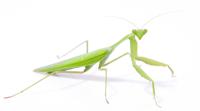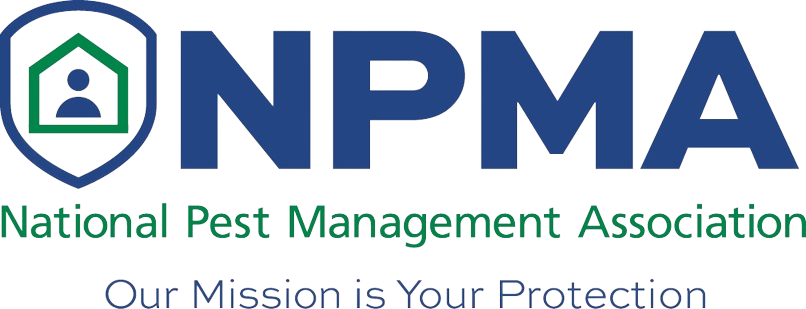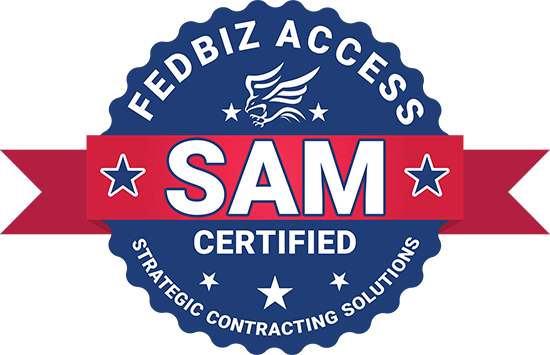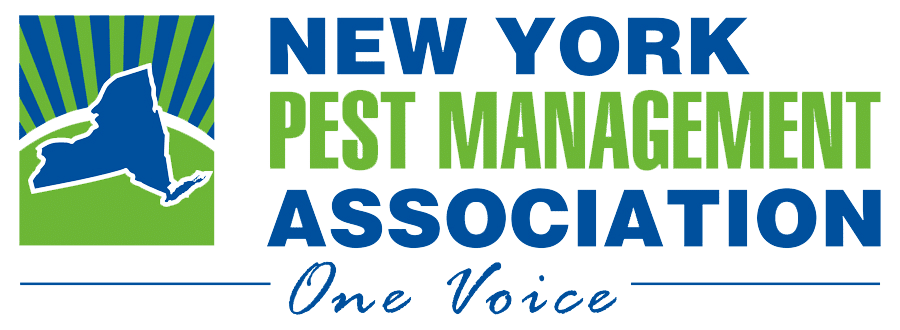Common Pests in New York
More Articles ...
Subcategories
Cockroaches/Blattodea
Cockroaches are insects of the order Blattodea, are considered one of the most successful groups of animals and they are among the most common of insects. They are the most successful ancient insect on the planet. Fossil evidence indicates that cockroaches have been on earth approximately 320 million years. Cockroaches are “living fossils”. This means that their basic shape and appearance has not changed for millions of years. Fossil remains of cockroaches have been dated before the appearance of the Dinosaurs and appear virtually identical to cockroaches we find today. Cockroaches will eat anything and can survive absolutely anywhere other than the Polar Regions and above 2,000 meters in elevation. Some can live without water, can fly, are the fastest insect and can survive high levels of radiation. About 4,600 species of cockroaches exist worldwide, 69 species found in the United States. In the New York State, only four species are common pests in structures. These are the German, Brown-banded, Oriental, and American cockroaches.
Mice & Rats
Mice and rats are rodents, often considered pests, many of which are native wild species that lived in this region long before home and farms existed to infest. Today, many of them, including non-native species, have adapted to life alongside humans. Their presence does not necessarily equal infestation or squalor conditions, rather that food, water, and nesting sites are adequate.
Rodents have the typical large, broad, and yellow incisors, adapted for constant gnawing. These teeth continuously grow, replacing what is worn away by the gnawing of wood, plastic, and even metal. The teeth are well adapted for grains and fruits, although some rodents supplement their diet with insects and worms. With long tails, large snouts, and large external ears, these small rodents are very adaptable and prolific and can be found pretty much everywhere around the world. In New York we have 3 rat and 5 mouse species, with one invasive (but established) rat, and one native species presumed to be eliminated from the state. Rodents living close to people and in their structures are called commensal rodents. Rodents will eat anything that humans eat and they need to gnaw. It's a common part of their behavior. Rat teeth continually grow, at a rate of about five inches per year. In order to keep the length of the teeth in check, the rats chew on things to wear the teeth down, their constant gnawing behavior causes structural damage and when electrical wires are the target of their gnawing, they can start fires and damage sensitive electronic items. Both rats and mice carry diseases that are transmittable to humans. These include salmonella food poisoning, Leptospirosis, LCM, Hanta Virus and other diseases that can make people sick. Their droppings, urine and hair contaminate the environment and cause sensitive people to experience allergic reactions from these biological materials. Mice and rats contaminate stored food items with their fecal material, urine and hair.
Ants
Enthusiastically social insects, ants typically live in structured nest communities that may be located underground, in ground-level mounds, or in trees. Ant communities are headed by a queen or queens, whose function in life is to lay thousands of eggs that will ensure the survival of the colony. Workers (the ants typically seen by humans) are wingless females that never reproduce, but instead forage for food, care for the queen's offspring, work on the nest, protect the community, and perform many other duties. Male ants often have only one role, mating with the queen. After they have performed this function, they may die. Ants communicate and cooperate by using chemicals that can alert others to danger or lead them to a promising food source. They typically eat nectar, seeds, fungus, or insects. However, some species have diets that are more unusual. Ants may prey on reptiles, birds, or even small mammals.






